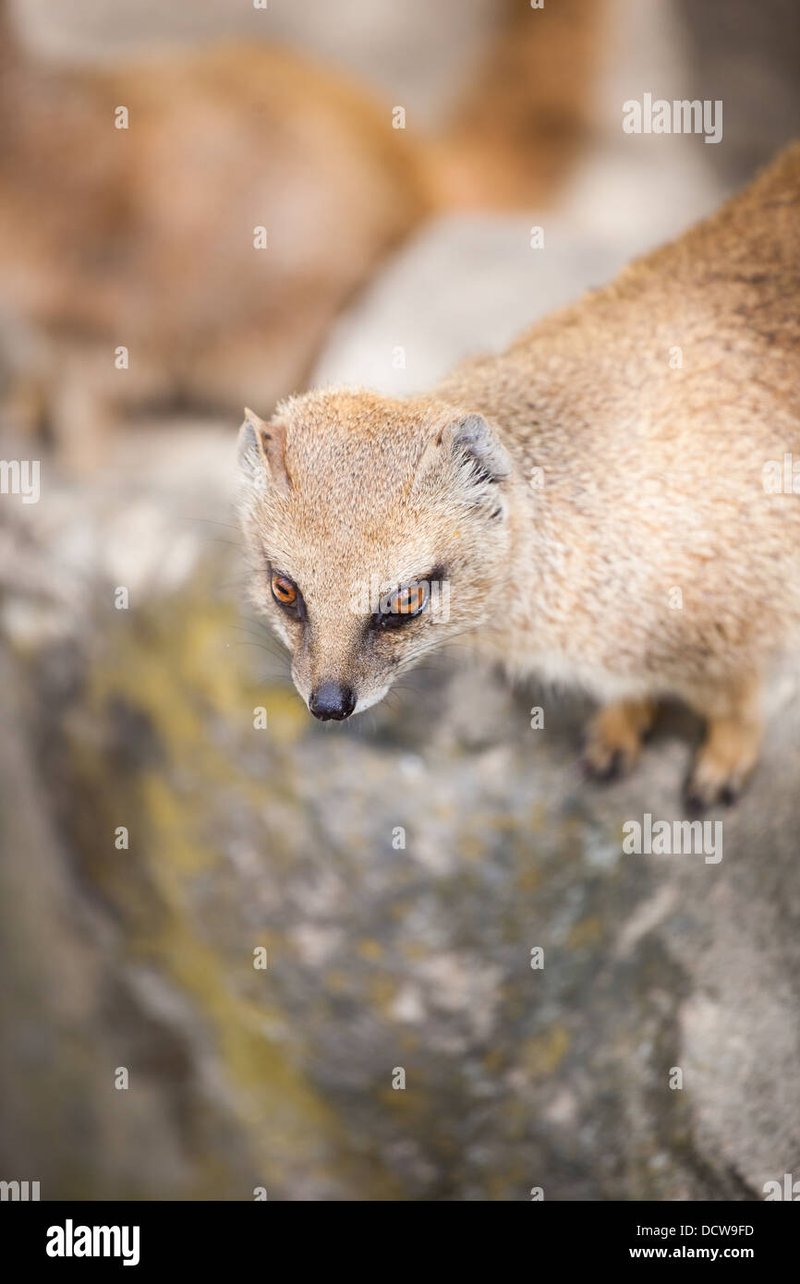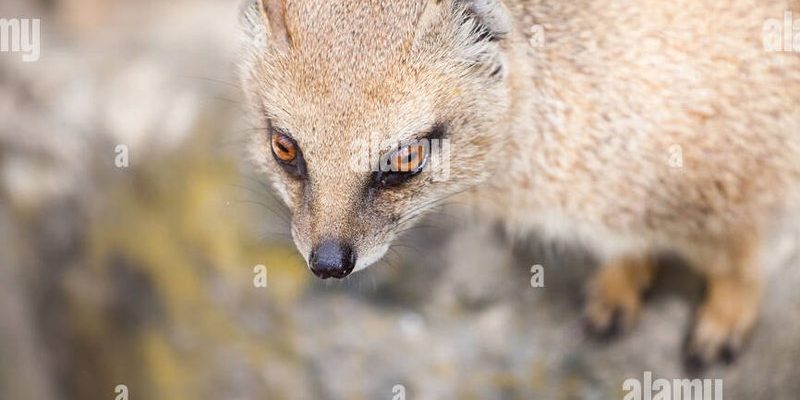
Understanding the yellow mongoose’s behavior and habitat can help answer that question. While they may look cute, their instincts and sometimes aggressive behavior can lead people to believe they’re a threat. Let’s dig into the details to see if this curious animal really poses any danger to humans.
What Is a Yellow Mongoose?
The yellow mongoose, scientifically known as *Cynictis penicillata*, is native to southern Africa. These creatures have a striking yellow or light brown coat, which helps them blend into their surroundings. They typically weigh between 2 to 3 pounds and are about 12 to 18 inches long. Think of them as the cute but sly little relatives of larger mongoose species.
In the wild, yellow mongooses live in groups called “mobs.” They’re social animals, often seen playing and grooming each other. You might catch them standing on their hind legs, scanning the horizon for predators or food. Their diet consists mainly of insects, small rodents, and even fruits. But let’s not forget, their cute exterior doesn’t mean they lack a fierce side—more on that shortly.
Do Yellow Mongooses Attack Humans?
You might be asking yourself, “Is it common for yellow mongooses to attack?” Honestly, the answer is no. These animals generally prefer to avoid humans. They’re not like some of their larger relatives, who are more aggressive. Most encounters with people end with the yellow mongoose darting away, seeking safety.
However, there are exceptions. If they feel cornered or threatened, these small creatures might act out in self-defense. For example, if you were hiking in their territory and accidentally got too close, you might witness a display of their sharp teeth and aggressive posturing. But it’s essential to understand that they’re just trying to protect themselves, not actively seeking to harm humans.
Can They Carry Diseases?
Here’s the thing: while yellow mongooses aren’t inherently dangerous, they can carry diseases like rabies and leptospirosis. These illnesses are more concerning when considering wildlife interactions. If a yellow mongoose feels threatened and bites, there’s a possibility of transmitting these pathogens.
It’s a good idea to avoid contact with wild animals, including yellow mongooses, for this reason. If you ever find yourself in a situation where you’re close to one, keep your distance. It’s always wise to admire these fascinating creatures from afar, allowing them to remain wild and free.
Living Near Yellow Mongooses
If you live in areas where yellow mongooses are common, you might be curious about cohabitating with them. While these animals typically avoid human settlements, their presence near farms can sometimes cause problems. They might prey on small livestock or scavengers for food, which could upset farmers.
To help minimize conflicts, it’s important to keep trash secured and avoid leaving food scraps outside. Encouraging a healthy habitat for local wildlife is a great approach, as it keeps both humans and animals happy. So if you spot a yellow mongoose around, enjoy the sight, but remember to respect their space.
Understanding Their Behavior
Yellow mongooses are known for their intelligence and adaptability. They have distinct social structures within their mobs, with roles that help them thrive in the wild. For instance, some members act as sentinels, looking out for danger while others forage for food. This teamwork is fascinating and reflects their need to survive in a challenging environment.
If you observe them for a while, you might see how playful they can be. They engage in wrestling and chasing games, showcasing their social nature. This behavior is a reminder that, despite their potential for aggression when threatened, they’re also playful creatures that just want to enjoy their time together.
What to Do If You Encounter One
If you happen to come across a yellow mongoose, there are some simple steps to follow to ensure your safety and theirs. First, don’t panic. Stay calm and avoid making sudden movements that could startle the animal.
Next, back away slowly. Give the mongoose space to escape if it wants. They’ll likely dart off in search of safety, leaving you with a memorable experience instead of a scary encounter. Remember, these creatures are best admired from a distance, allowing them to live freely without interference.
Final Thoughts on the Yellow Mongoose
So, can the yellow mongoose be dangerous to humans? Overall, these little creatures aren’t a threat unless provoked or cornered. Their natural instinct is to avoid confrontation, and their playful nature often leads them away from people. It’s essential to respect their wildness and observe them responsibly.
By understanding their behavior and habitat, we can coexist peacefully with yellow mongooses and appreciate the role they play in our ecosystems. Now that you know a bit more about them, you can confidently say that while they have their moments, yellow mongooses are generally harmless critters just trying to navigate their world.

